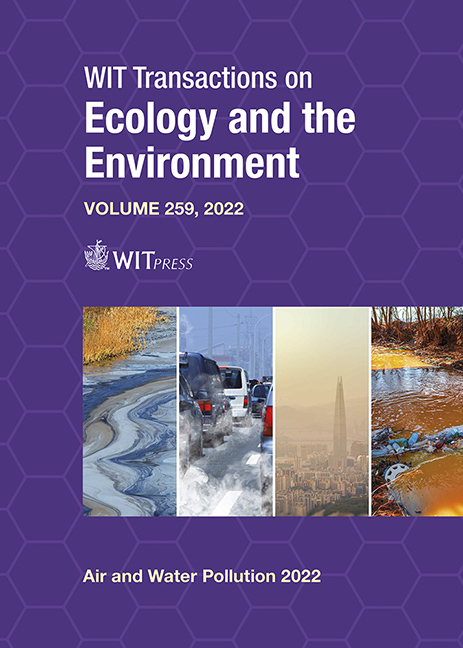NUTRIENTS IN MARGINAL LAND SOILS AND THEIR POTENTIAL EFFECT ON THE ENVIRONMENT
Price
Free (open access)
Transaction
Volume
259
Pages
10
Page Range
15 - 24
Published
2022
Paper DOI
10.2495/AWP220021
Copyright
Author(s)
NICOLE RODRIGUEZ, TIMOTHY HO, ZHONGWEI SHI, JULIA LU
Abstract
Increasing global population leads to an increase in demand for foods and cleaner energy such as biofuel and bioenergy that are produced from feedstocks. Utilizing marginal land for production of these feedstocks alleviates the competition of fuel versus food that comes with use of prime agricultural land. Canada has a large area of marginal land. Sorghum is an important plant for food, fodder, and forage production. It is regarded as a nature-cared plant with low input requirements and is recommended as a top crop for removing carbon from the atmosphere. As a part of a collaborative project to develop a system for producing biomass (sorghum) on marginal land in Canada, this research focuses on the species and their distribution, mobility and availability (to plants) of nitrogen (N) and phosphorous (P) in marginal land soils from selected locations in Canada. US EPA method 1312 was followed to simulate the leaching process of nutrients from soils in the natural environment. Colorimetry and ICPOES were used for the determination of the nutrient species. Preliminary results show that the predominant leachable and plant-usable form of nitrogen is nitrate (NO3–) while the majority of phosphorus in the soil is not water leachable; depth variation of leachable nitrogen and phosphorus species in the soils is indicated; the concentrations of nitrate in the soils increased shortly after N-fertilizer application but the level decreased to that observed before planting, suggesting that atmospheric precipitate/deposition can move nitrogen from marginal land soils to surface water.
Keywords
soil nutrients, biomass, marginal land, mobility, nitrogen, phosphorus




